The Commemorative Air Force (CAF) announced with pride today that its Douglas C-47 bearing the nose art “That’s All, Brother” has touched down safely at Presque Isle, Maine. The homeward journey across the Atlantic follows a European tour where it participated in commemorations of both the 80th anniversary of D-Day and the 75th anniversary of the Berlin Airlift.
The D-Day mission was particularly noteworthy. “That’s All, Brother” (so named as pilot John Donalson’s personal message to Hitler that his time as the conqueror of Europe was running short) is the actual aircraft that led the first wave of 800 jump aircraft over the beaches of Normandy on June 6, 1944. After the war, the aircraft followed a winding pathway through the decades, only to be discovered among a group of C-47/DC-3 airframes destined to be converted to turboprop power by Basler Conversions in—of all places on the planet—Oshkosh, Wisconsin. The CAF restored the airplane in time to participate in the 75th anniversary of D-Day—retracing its path over the French coast.
This year, That’s All, Brother took center stage during commemorative ceremonies in Normandy, including the flight over the invasion beaches, parachute jumps by reenactors wearing World War II-era gear and a very special flight carrying five WWII veterans over the sacred ground of Operation Overlord.
After the D-Day events, the C-47 continued on to Germany, where it helped commemorate the 1948-1949 Berlin Airlift, in which Allied aircraft delivered lifesaving supplies to citizens of Berlin during the Soviet blockade. CAF wrote, “The presence of That’s All, Brother in Germany was a tribute to the spirit of cooperation and resilience that defined the Airlift.”
Deena Clausen, Wing Leader of the Commemorative Air Force Central Texas Wing, expressed appreciation for the safe return of the wing’s prized possession, now making its way back to its home base in San Marcos, Texas. “This aircraft is a flying museum and a testament to the bravery of those who served during World War II. Its journey to Europe and back has allowed us to honor and remember their sacrifices in a profound way.”



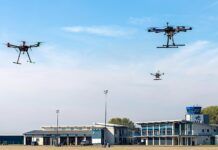

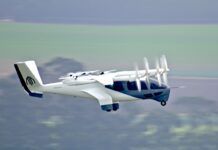
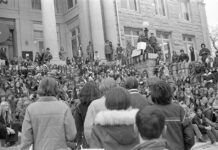



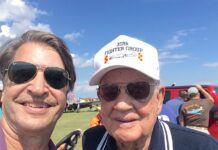
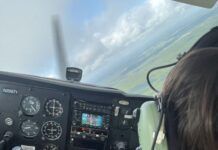


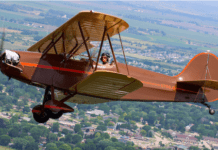
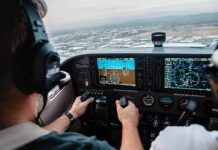

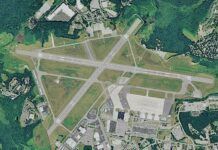
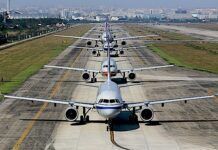
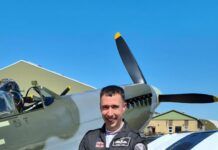



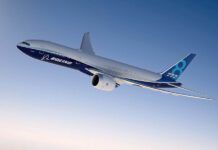











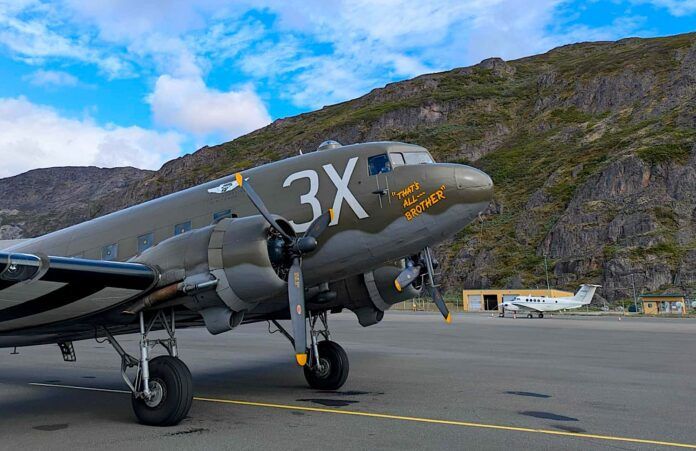
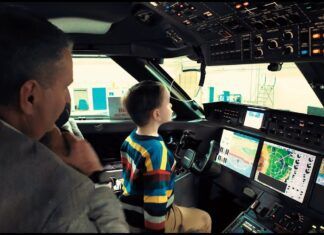
This news item fails to unify two contradictory situations.
1. If the transatlantic crossing is so risky, why risk this special aircraft? VERSUS
2. This airplane is so reliable that the risk is not worth mentioning.
I’m leaning toward the second situation. And the data to support that is the history of transatlantic and other long distance trips made by well maintained DC-3’s and similar aircraft of that era through the following years until their replacement with turbine powered aircraft.
In other words, flying this plane to Europe, aside from participating in a historical occasion, was basically a non event. The memorial was the event. The plane flying there was not.
The crews , both flight and ground, and ” the 3 itself- ” That’s All, Brother ” can not disagree with you more, Rick K.
Start your own aviation news site if you don’t like the content here. Personally, I liked the article.
“That’s all, brother” might disagree with you.
My 2 cents.
Absolutely, Tom .
A very warm ‘congrats’ and thanks to the crew for participating and bringing TAB back safely. I’m sure your presence was greatly appreciated by all concerned.
Ditto
+1
Congratulations to the crew and CAF for their huge role in commemorating the Allied invasion and the Berlin airlift by bringing a significant piece of actual hardware used.
This brings back memories of a similar trip I did in 1966 in a C-47 as a USAF 1stLt C-47 pilot. The trip began at RAF Mildenhall, then RAF Lossiemouth Scotland, Sondestrom Greenland, Reykavik Iceland, Frobisher Bay (timed outbound ADF approach to mins), Goose Bay, Dow AFB Me, Dobbins AFB Ga, Miami International. The plane was delivered to a company in Miami that converted C-47s to EC-47s to use in Vietnam. Crew was P, CP, Nav, Mechanic, and Radio Operator. All this without GPS or reliable radios.
Oops, went to Iceland before Greenland.
There are serious risks in a trip like this, and it’s a credit to CAF that they did this successfully. Given the age of the aircraft and its components, the greater risk of cracks including cylinder failure, and the high cost of operations and therefore the reduced opportunities for pilot currency, and the unusual and specialized nature of some of the flights, this required care to pull off safely.
Pretty sure the engines and cylinders are not the originals but much newer.
Hopefull we’ll see them (aircraft and the crew) at Airventure 2024. It may be too late to give them a spot at Theater in the Woods which would have been fascinating …
When That’s All Brother comes to air shows in the Houston area, it is based at my home airport (KSGR). I’ve had the privilege of talking to the crew and crawling through the plane on a couple of occasions. A great bunch of guys and a wonderful piece of aviation history. They have it set up the way it was in June 1944, including the metal pan seats and overhead jump lines. If it comes to Oshkosh next month you should definitely go by and check it out.